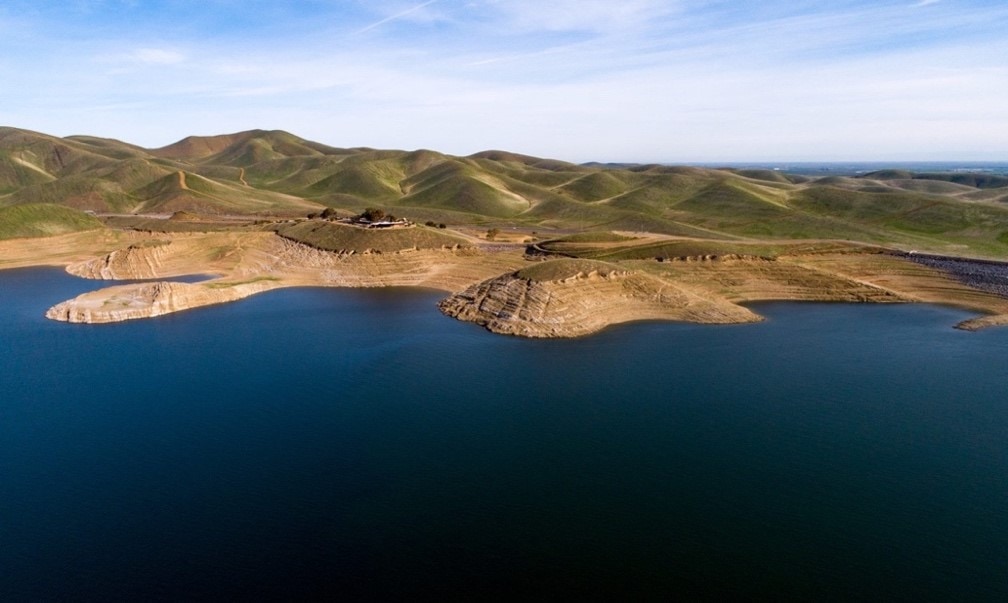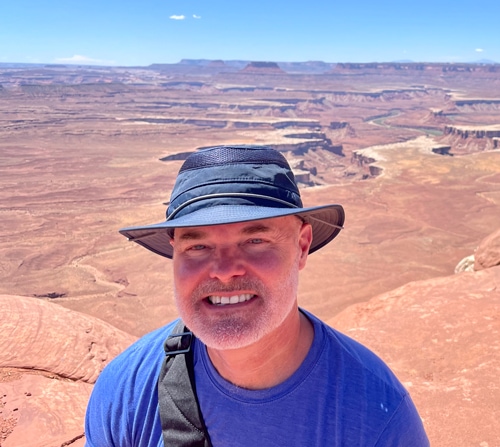From flood risk to extreme drought and wildfire, California is feeling the brunt of climate change impacts and is, by necessity, at the forefront of climate change innovation. In this episode, we’re talking about the unique challenges of managing California’s precious water resources and about a new collaboration between the California Department of Water Resources (DWR) and Engineering With Nature®. Our guests are Dr. Todd Bridges, Senior Research Scientist for Environmental Science with the U.S. Army Corps of Engineers and National Lead for EWN, and Kris Tjernell, Deputy Director, Integrated Watershed Management for the California Department of Water Resources. The goal of the collaboration on EWN is to advance opportunities for truly integrated solutions to water resource challenges.
California is exceptional in many ways, from its population of over 40 million people; to its size as the third-largest state at over 160,000 square miles; to its economy, the largest in the United States at over $3 trillion. It is also the leading agricultural state in the US in terms of total agricultural sales and 8 million acres of irrigated land. California is also a land of extremes with its diverse landscapes, communities, and challenges it faces including droughts, floods, heatwaves and wildfires which strain the State’s systems. This complexity presents a unique set of challenges.

As stewards of the state’s water resources, DWR is responsible for delivering water to over 27 million Californians while supporting flood management in the Sacramento and San Joaquin Valleys and the Sacramento-San Joaquin River Delta that flows out through the San Francisco Bay. Managing flood risk for agricultural lands, small communities, and larger urban centers is a top priority.
The San Joaquin Basin, for example, has unique flood management challenges exacerbated by the effects of climate change, with more precipitation coming in the form of rainstorms rather than snow. Traditional strategies of flood management in California included: straightening the river systems; building taller, more armored levees; and building bigger reservoirs. The question is not how to add-on to these, but as Kris notes, “how to engineer with nature to solve those challenges in ways that work for our communities and the ecosystem together”.
The partnership between DWR and EWN is intended to do that – to leverage the natural systems to produce more sustainable outcomes. As Todd notes, “by applying the EWN approach, we want to find innovative engineering solutions to flooding or drought, or wildfires, that make use of natural systems to produce sustainable, resilient solutions that create more diversified economic, natural, and social value. That’s what we’re seeking – to be able to solve those challenges in ways that work for our communities and the ecosystem together. That is what’s really exciting to me.”

Bringing people in California communities into these projects so they can experience them and see the holistic benefits of an EWN approach is a key focus for this partnership. As Kris notes, part of the effort of DWR and EWN is to figure out a way “to tap into the human desire and joy to live within a natural environment. The feeling of walking into a local urban park. The joy of driving towards Yosemite and seeing the valley open up in front of you. Seeing what John Muir saw back in the day.” The challenge, Kris says, is “how do we paint this landscape that generates interest, invigorates the conversation, and allows us to think beyond the traditional approaches to flood and water resource management.” Todd agrees, emphasizing the integration of engineering and natural systems to produce broad value, “The economic utility of a project is one lens through which you can assess the value of a project. Importantly, there’s also the environmental value and the social value that comes from connecting people with diverse backgrounds to the land and to what it provides. Projects that produce economic, natural, and social value at the same time are the ones we want to collaborate on.”
In Part 2: Integrating EWN Into Critical Watershed Projects in California, our discussion continues as Todd and Kris talk about their plans to foster innovative ways of adapting to climate change on a broad scale. Utilizing EWN principles will allow California to capitalize on the multi-benefits of water management, habitat restoration and community resilience. As Kris notes, “because California is such a focal point now for the impacts of climate change, we’re positioned perfectly to be an innovator, to be a leader, to show that you can deliver landscape-level projects at the pace required to, not only keep up with the impacts of climate change, but to really get out ahead of it and prepare our landscape for those inevitable changes.”
Join us for a dynamic discussion of what is ahead, and for the inspiring advice Todd and Kris offer STEM students about the opportunities that lie ahead for them. Part 2 airs on July 7, 2021.






